Lumigan Bimatoprost ophthalmic solution is a sterile, topical solution for application to the eyes. It is a solution containing bimatoprost, a synthetic prostamide analogue that decreases intraocular pressure (IOP) by enhancing the outflow of aqueous humor from the eye.
Key Features
| About Bimatoprost Ophthalmic solution | |
|---|---|
| Drug Class | Prostaglandin analogs |
| Subclass | Ocular hypotensive agents |
| Product Details | |
|---|---|
| Composition | Active ingredients: Bimatoprost 0.01% Inactive ingredients:
|
| Packaging Type | Dropper Bottle |
| Pack Size | 3 ml |
| Dosage | 1 drop in the affected eye, once a day in evening or as directed by your doctor |
| Therapeutic class | Ophthalmic glaucoma agents |
| Action Class | Prostaglandin F2α receptor agonist |
| Chemical class | Synthetic Prostamide |
| Manufacturer | Allergan Healthcare India Pvt Ltd |
| Shelf Life | 2-3 years from the date of manufacturing |
| Usages | Treatment of glaucoma (open-angle glaucoma and ocular hypertension) to reduce intraocular pressure |
| Country of Origin | India |
| Storage | Store at room temperature (15°-30°C) away from heat and direct sunlight. |
How Does it Work?
Lumigan Bimatoprost functions by selectively stimulating prostaglandin receptors in the eye to increase the uveoscleral outflow of aqueous humor. This leads to the lowering of intraocular pressure, slowing the progression of glaucoma and preventing loss of vision.
- Boosting outflow of aqueous humor: It specifically stimulates prostaglandin receptors in the eye to enhance the drainage of fluid from the eye.
- Decreasing intraocular pressure: Increasing outflow, bimatoprost lowers the eye pressure, preventing damage to the optic nerve.
Dosage
- The dosage is one drop in the affected eye(s) daily in the evening.
- Duration: Use according to instructions from your physician. Don’t exceed the indicated dose or duration.
Side Effects
The common side effects of bimatoprost ophthalmic solution are:
- Conjunctival hyperemia (eye redness)
- Eyelash growth
- Irritation of the eyes
- Dry eyes
- Vision blur
- Pain in the eyes
- Headache
Uses
Bimatoprost ophthalmic solution is indicated for the treatment of:
- Open-angle glaucoma: An eye condition characterized by increased pressure in the eye that harms the optic nerve.
- Ocular hypertension: Increased eye pressure that can cause glaucoma.
Interaction
- Other eye drops: Tell your physician about all medications you’re currently using, as interactions may be possible.
- Contact lenses: Take out contact lenses prior to administration and delay reinsertion for 15 minutes.
Pharmacokinetics
- Absorption: Bimatoprost is absorbed from the cornea.
- Time to onset: Quick onset, peak effect within 8-12 hours.
- Action duration: About 24 hours.
- Metabolism: Metabolized in sclera and cornea.
Precautions
- Use carefully in patients with active intraocular inflammation or history of uveitis.
- Monitor for signs of iris pigmentation change.
- Do not touch the tip of the dropper to any surface to avoid contamination.
- Discard contact lenses before dosing and wait 15 minutes before replacing.
Efficacy
- Bimatoprost eye drops significantly decreased IOP in glaucomatous and ocular hypertensive patients.
- Phase 3 study assessed the safety and efficacy of bimatoprost implant (10 and 15 μg) vs timolol maleate 0.5% eye drops.
- A study, NCX 470, a nitric oxide-donating bimatoprost eye drop, exhibited a dual mechanism of action, lowering IOP through both traditional and uveoscleral routes.
- In a meta-analysis of 12 randomized controlled trials, bimatoprost sustained-release implant was found to significantly lower IOP in open-angle glaucoma patients.
Safety
Bimatoprost eye drops side effects include conjunctival hyperemia (ocular redness), eyelash growth, eye irritation, dry eye, blurred vision, and eye pain.
NCX 470’s safety profile was in line with results from prior studies, with no significant changes in episcleral venous pressure.
Clinical Trials
- The Whistler phase 3b trial compared NCX 470 ophthalmic solution’s IOP-lowering effects in healthy volunteers and ocular hypertensive patients.
- Results from the Denali phase 3 trial are pending, expected in Q3 2025.
- A phase 3 trial assessed the efficacy and safety of bimatoprost implant in open-angle glaucoma or ocular hypertension patients.
Conclusion
Bimatoprost ophthalmic solution is a good drug for lowering intraocular pressure in glaucoma and ocular hypertensive patients. Though well tolerated by most patients, it’s crucial to adhere to the dosage and precautions to avoid side effects. Constant monitoring by an eye care professional is required to obtain the optimal result.
References
https://www.ncbi.nlm.nih.gov/books/NBK576421/
https://pubchem.ncbi.nlm.nih.gov/compound/Bimatoprost

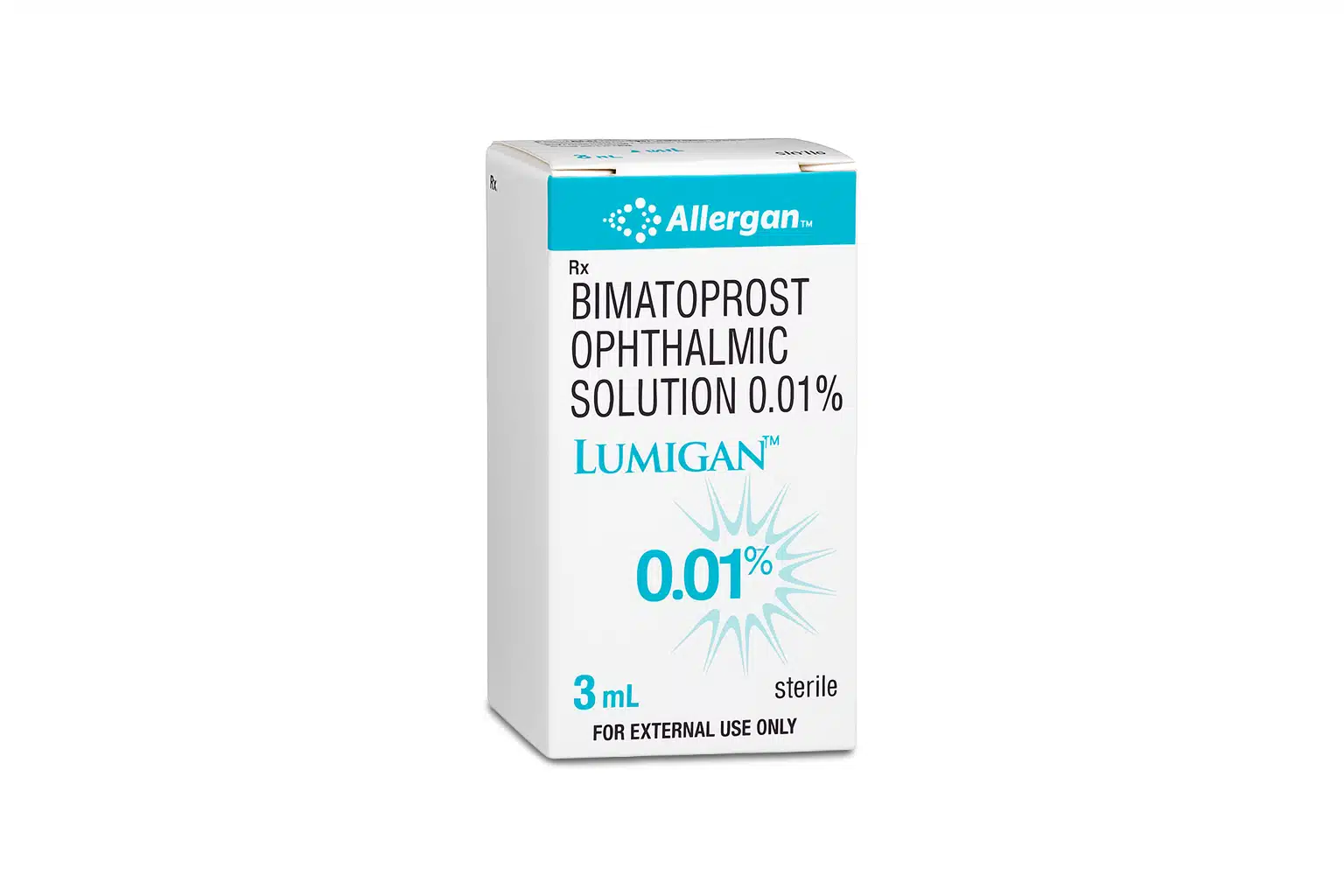
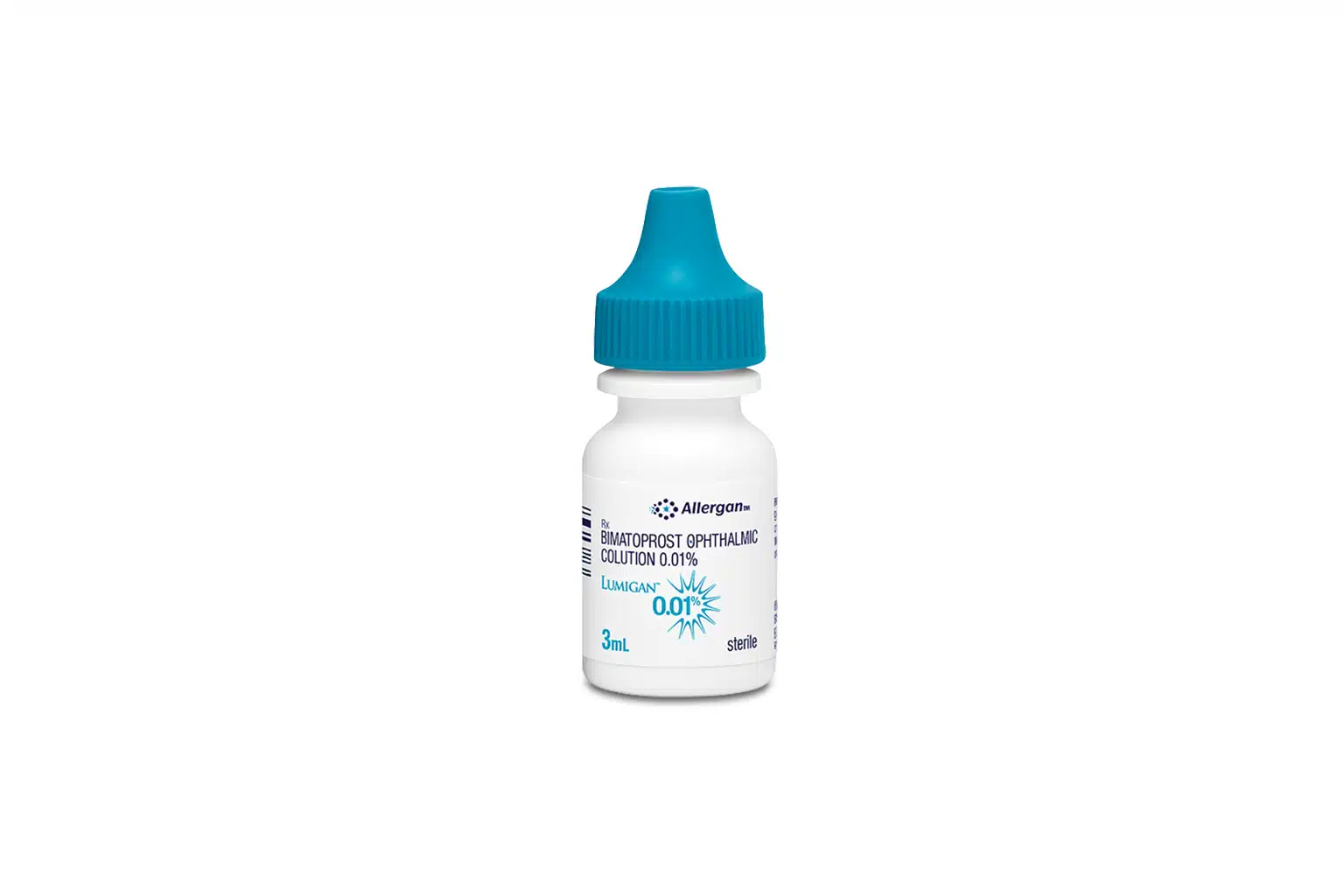
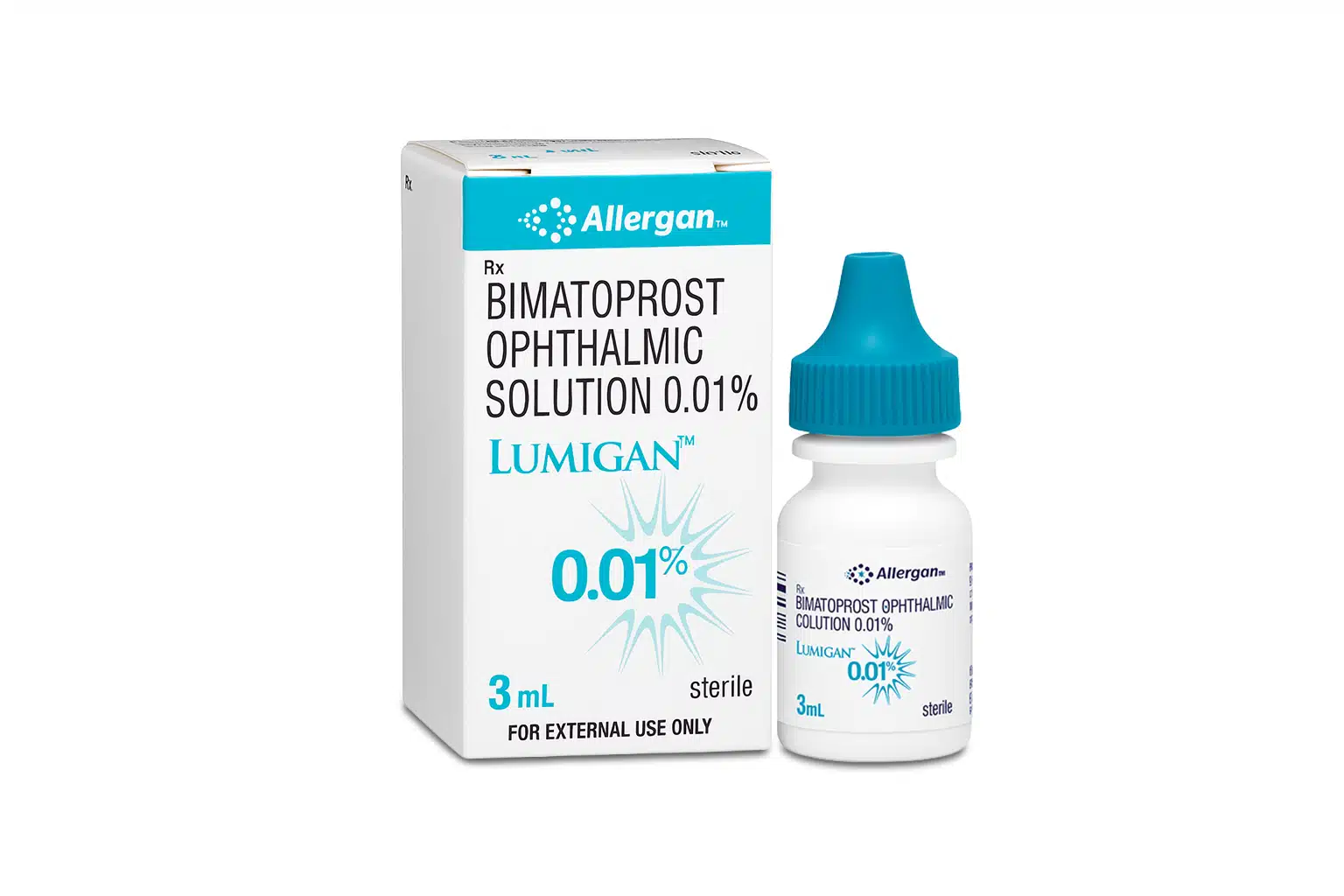
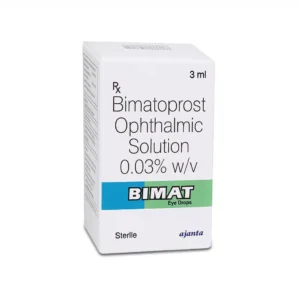
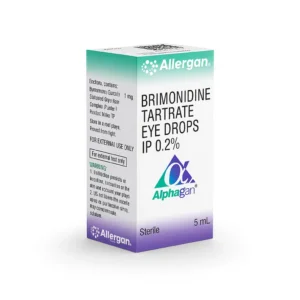

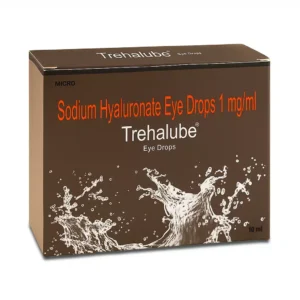
Marcus Lee –
My eye doctor gave me this for glaucoma. It’s effective but makes my eyes a bit red. Still, I’ve stuck with it because it keeps pressure in control